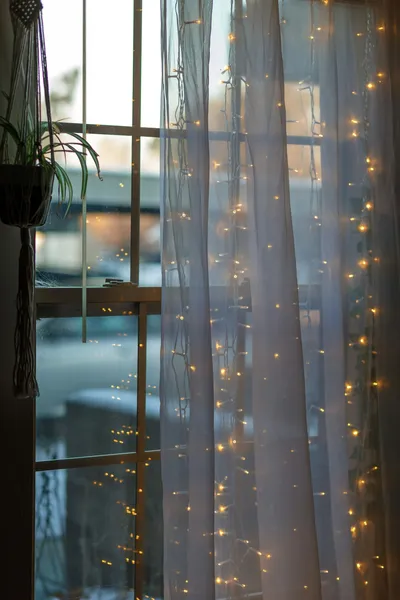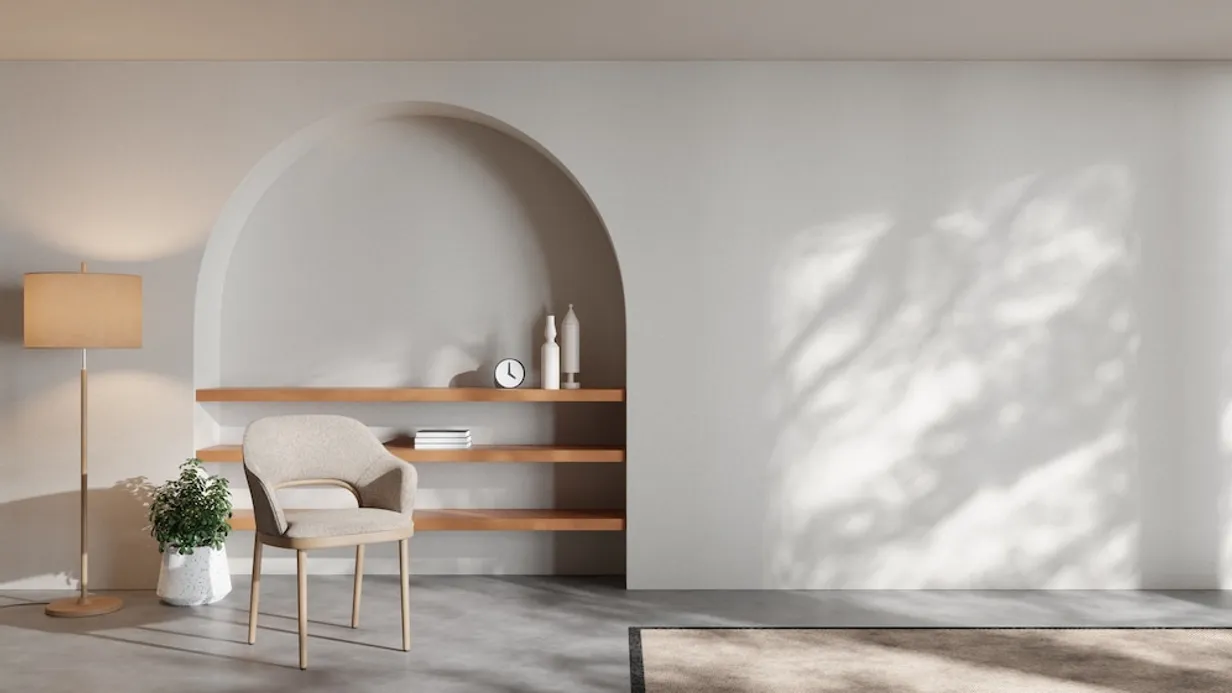Introduction to Minimalist Design
Minimalist design is more than just an aesthetic; it's a philosophy that prioritizes simplicity, functionality, and clarity. Adopting a minimalist design in your home or office can create a serene, spacious, and harmonious environment. But what exactly defines minimalist design, and how can you incorporate its principles into your spaces? Here's a comprehensive guide to understanding the 10 key elements that make up the core of minimalist design aesthetics.
1. Simplicity
At its heart, minimalist design thrives on simplicity. This goes beyond the mere reduction of items and touches on the design’s ability to be both functional and straightforward. Everything in a minimalist space has a purpose and place, eliminating unnecessary clutter.
2. Clean Lines
Clean, sharp lines are fundamental in a minimalist design. Furniture, decorations, and the overall layout should follow this principle to emphasize a sleek and tidy appearance.
3. Monochrome Color Palettes
A monochrome or neutral color scheme defines minimalist spaces, creating a calming and cohesive look. While predominantly white, incorporating shades of gray, beige, or black can add depth and interest.
4. Natural Light
Natural light is a crucial element in minimalist design, helping to create an airy and open feel. Large windows or light-colored window treatments can enhance the brightness of a room, highlighting the design’s simplicity.
5. Open Spaces
One of the trademarks of minimalist design is the preference for open, uncluttered spaces. This doesn’t mean that every room must have a sparse furniture arrangement, but rather that there is a thoughtful consideration of how each item contributes to the overall feel of openness.
6. Minimalistic Decor
Decor in a minimalist setting is carefully selected and purposeful. Each piece, whether artwork or a simple vase, is chosen for its ability to complement the space without overpowering it.
7. High-Quality Materials
Choosing high-quality materials is essential in minimalist design. Durable, natural materials not only last longer but also add a tactile and aesthetic quality to the space that resonates with the minimalist principle of valuing quality over quantity.
8. Functionality
Every item in a minimalist design serves a purpose. This focus on functionality helps to eliminate unnecessary decorative items and ensures that each piece contributes to the overall use of the space.
9. Subtle Textures and Patterns
While minimalist designs tend to favor solid colors, the use of subtle textures and patterns can add depth and intrigue without overwhelming the space. This can be achieved through textiles, wall finishes, or flooring.
10. Personal Touch
Finally, incorporating a personal touch is what makes a minimalist space truly yours. Selecting a few cherished items to display can add warmth and personality, ensuring your minimalist design feels inviting and lived-in.
Conclusion
Embracing the key elements of minimalist design can transform your home or office into a tranquil, efficient, and beautiful space. By understanding and incorporating these principles, you can create an environment that reflects the ethos of simplicity, quality, and functionality that minimalist design stands for. Remember, minimalist design isn't about having less for the sake of it—it's about making room for more of what matters.
Like our design see our other topics
We have helped find related design topics for you to help your searches at Plain Jane designers

Crafting DIY Sustainable Candle Holders for a Minimalist Decor

Elevating Your Bedroom with Minimalist Design

Minimalist Entryway Ideas to Welcome Simplicity

